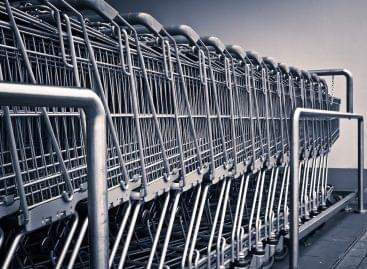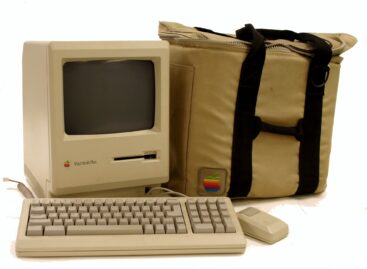When customers ask for time
This is the sixth occasion that we discuss the role of specific categories in specific retail units. This time, we’ll take a look at convenience products, which generally account for 25-30 per cent of all categories in stores. Convenience products are generally suitable for generating impulsive purchases. This can boost the number of transactions substantially and also provide a little excitement for customers. Convenience products can also provide an experience (or at least an illusion) for customers which they would not be able to encounter otherwise. For example, eating food branded with the name of a celebrity fitness trainer can serve as the illusion of a health lifestyle. The number of convenience categories and products is growing all the time, which can cause problems in handling these. Assortments need to be continuously refreshed in line with the latest consumer trends. However, devoting attention to convenience categories is well worth the trouble, because of the additional sales generated. One stop shopping is one of the most important trends in Western Europe. As convenience products are not price sensitive, 15-20 per cent higher consumer prices than that of competitors can be used. They should be placed in accessible locations, in adequate assortment and limited quantity. Innovative POS tools should be used for promotions, rather than price discounts. Shoppers arriving in stores without a shopping list are more open to impulsive buying, which means convenience products also have a potential for enhancing the image of the store. Often the simplest ideas like having cheese sliced, or selling single bananas can turn products into convenience products.
Related news
Related news
NGM: The minimum wage will increase by 11 percent in 2026, and the guaranteed minimum wage by 7 percent
🎧 Hallgasd a cikket: Lejátszás Szünet Folytatás Leállítás Nyelv: Auto…
Read more >The first Hungarian IT teacher would be 110 years old on January 2: Mihály Kovács taught computer science before PCs
🎧 Hallgasd a cikket: Lejátszás Szünet Folytatás Leállítás Nyelv: Auto…
Read more >New Year’s Eve: shortened opening hours in stores – general store closure on January 1
🎧 Hallgasd a cikket: Lejátszás Szünet Folytatás Leállítás Nyelv: Auto…
Read more >



